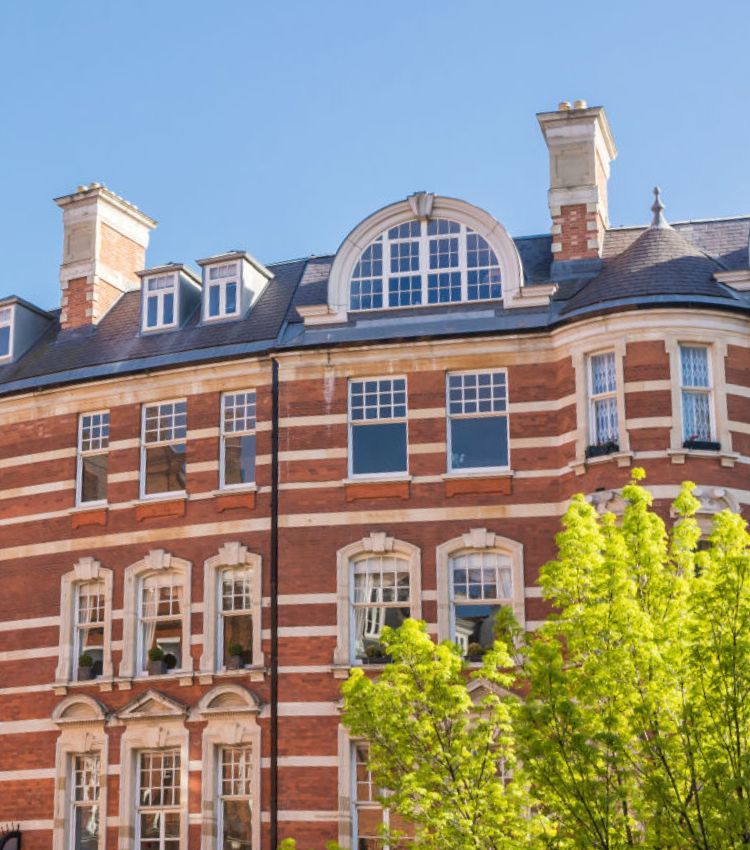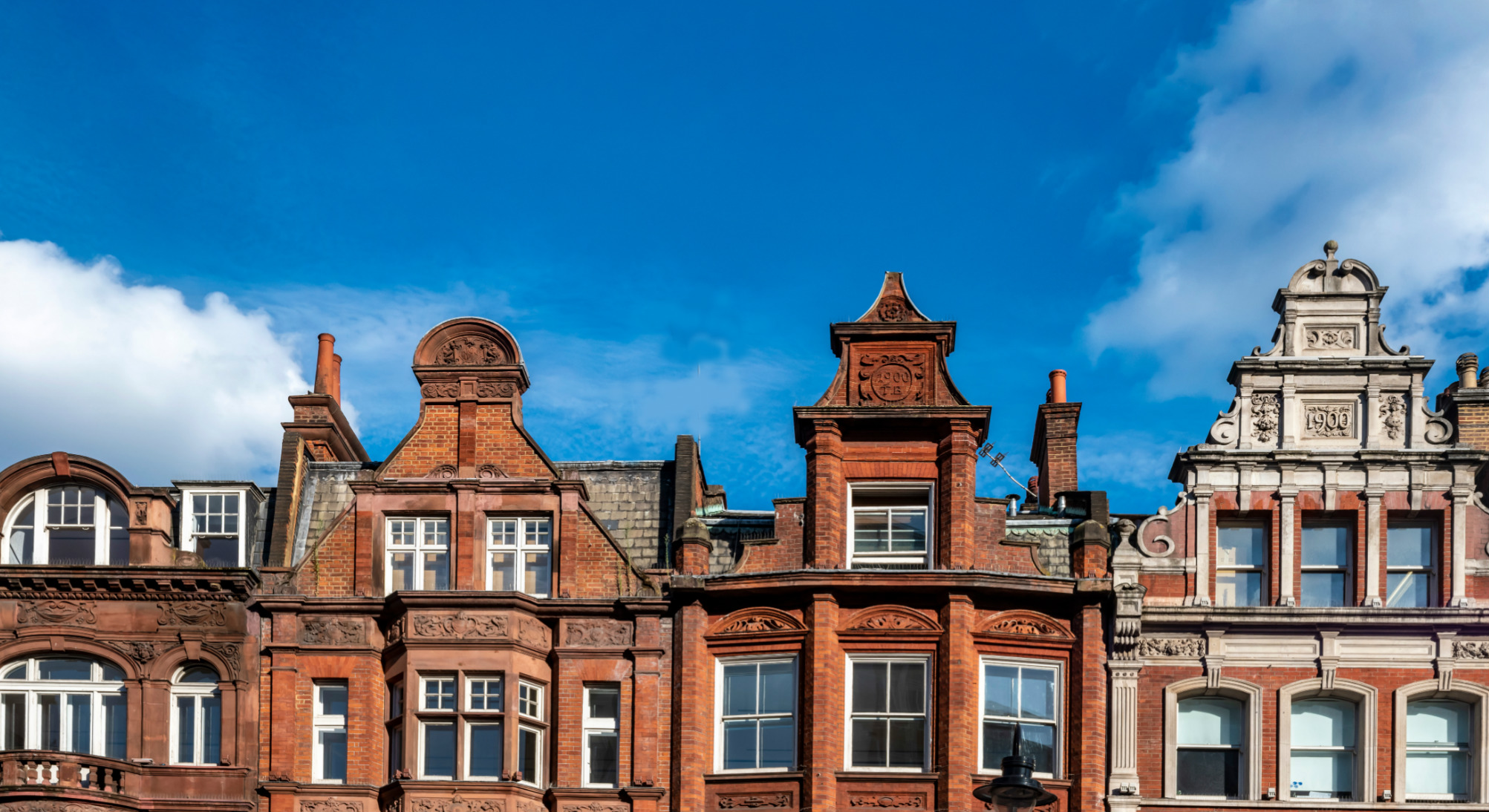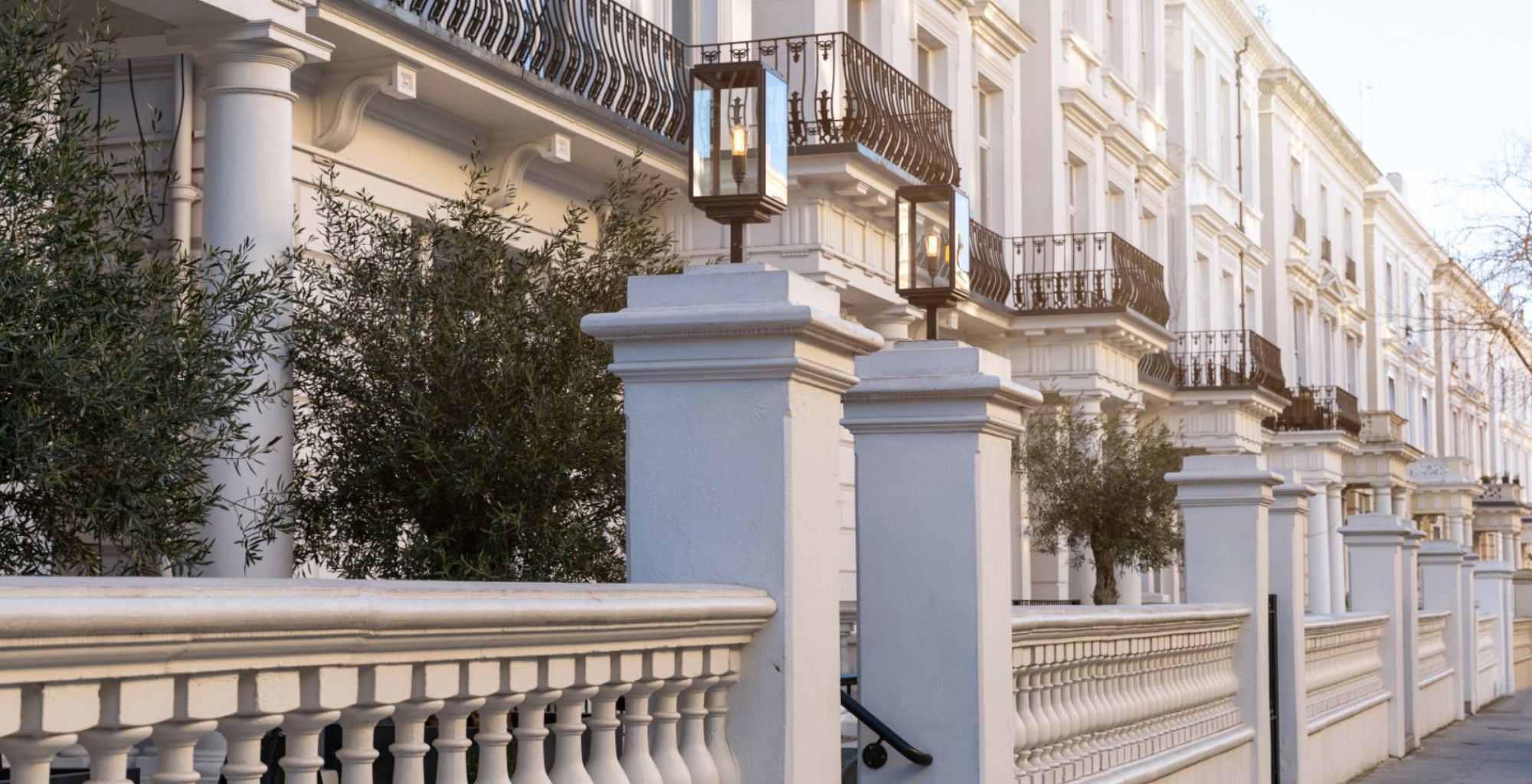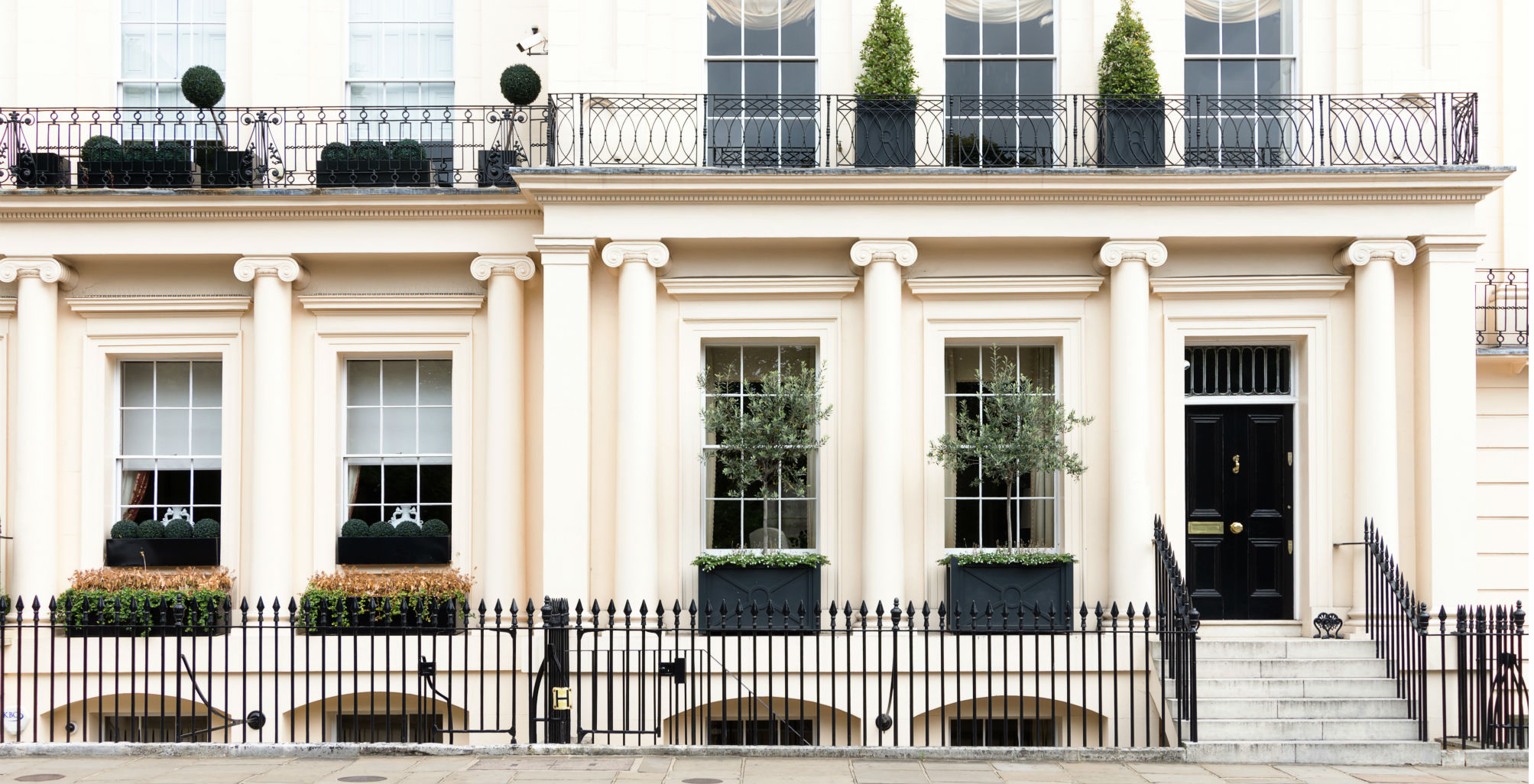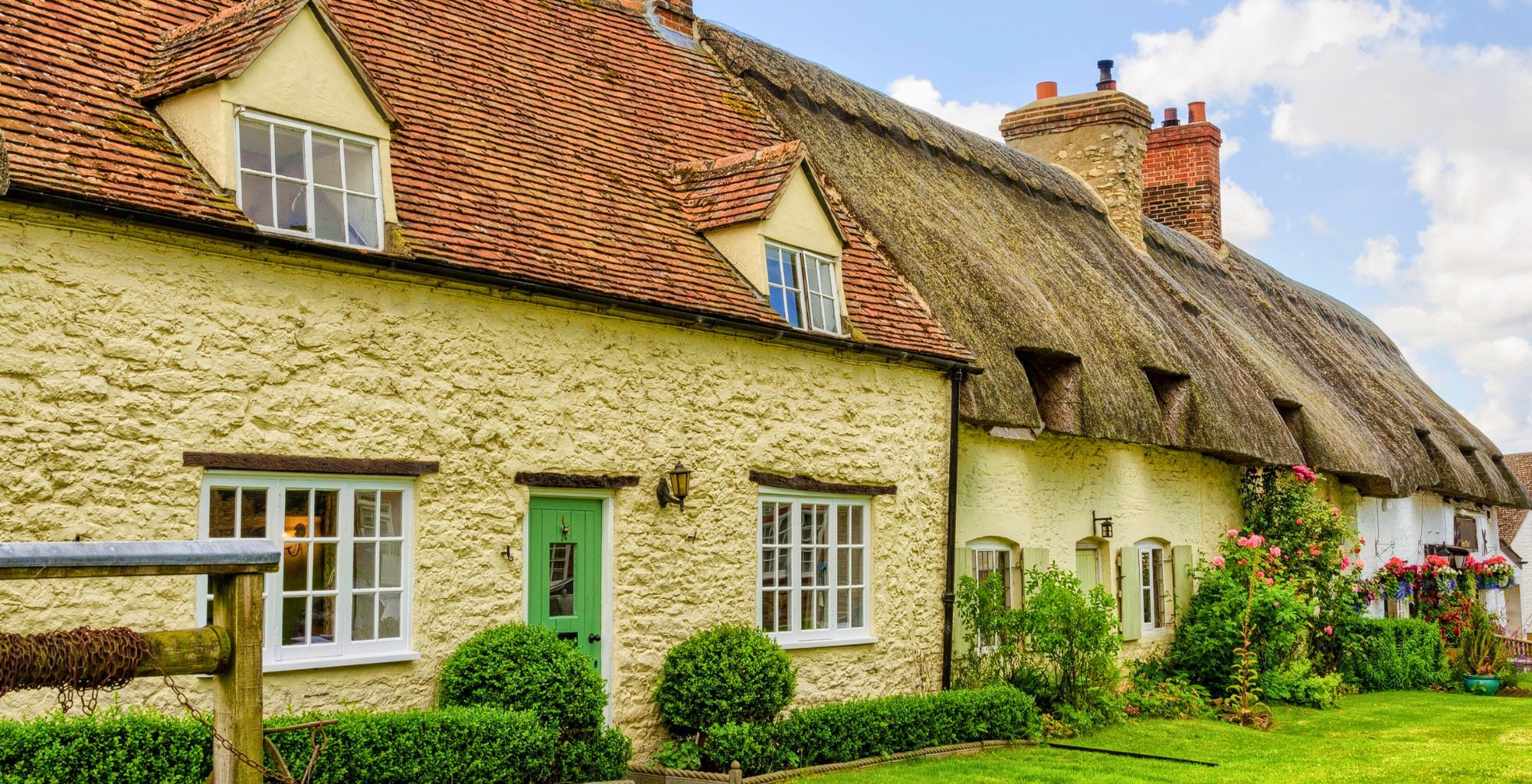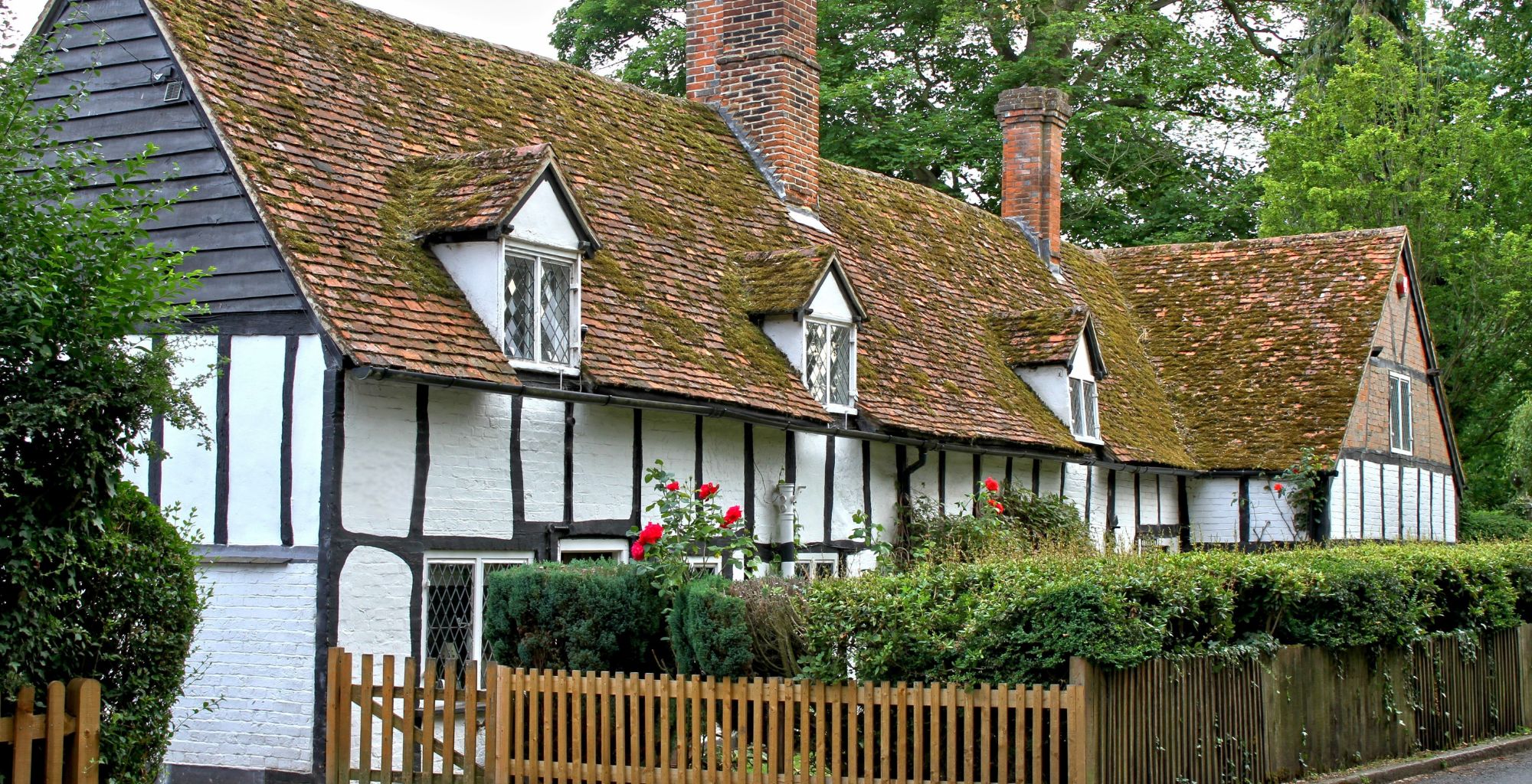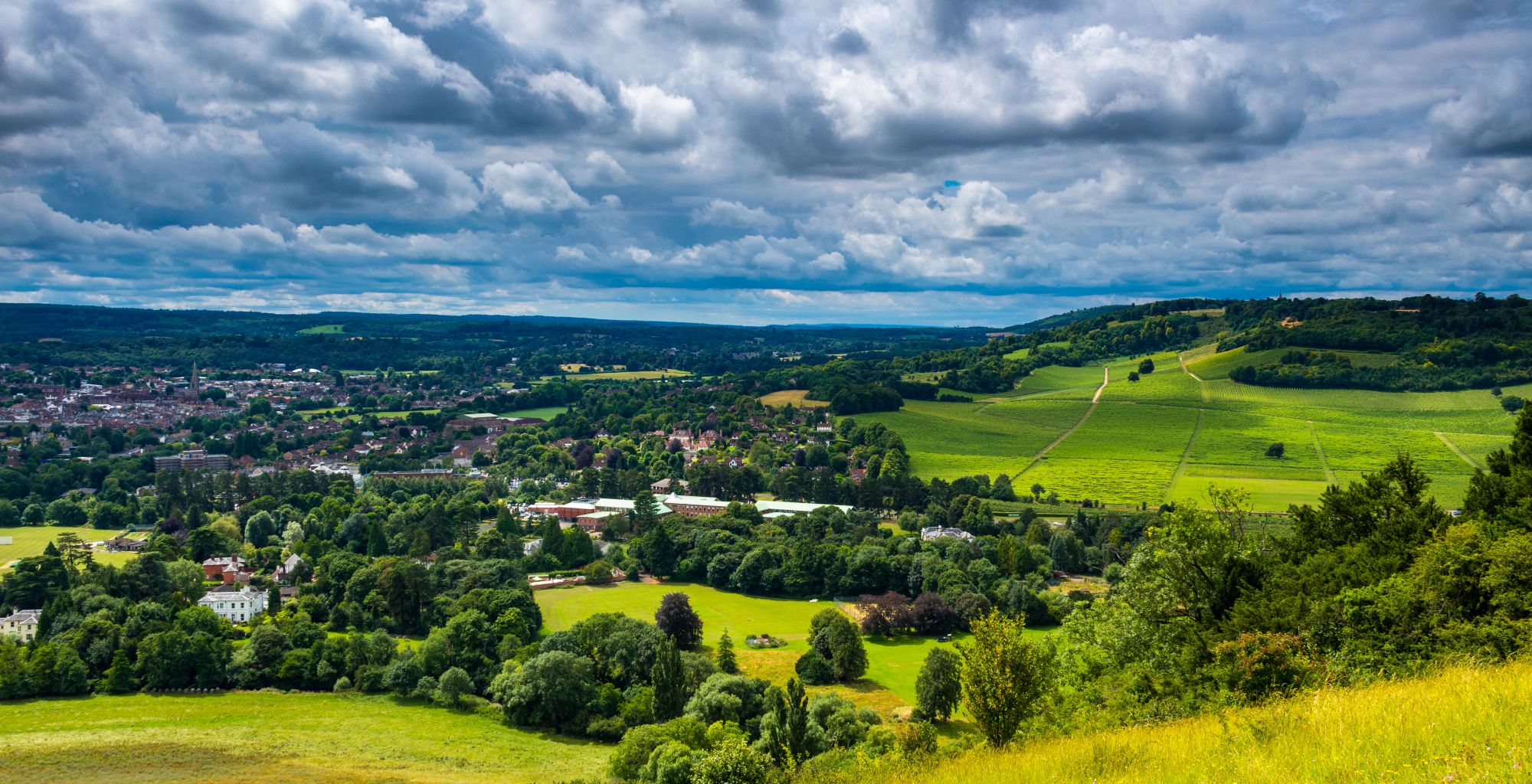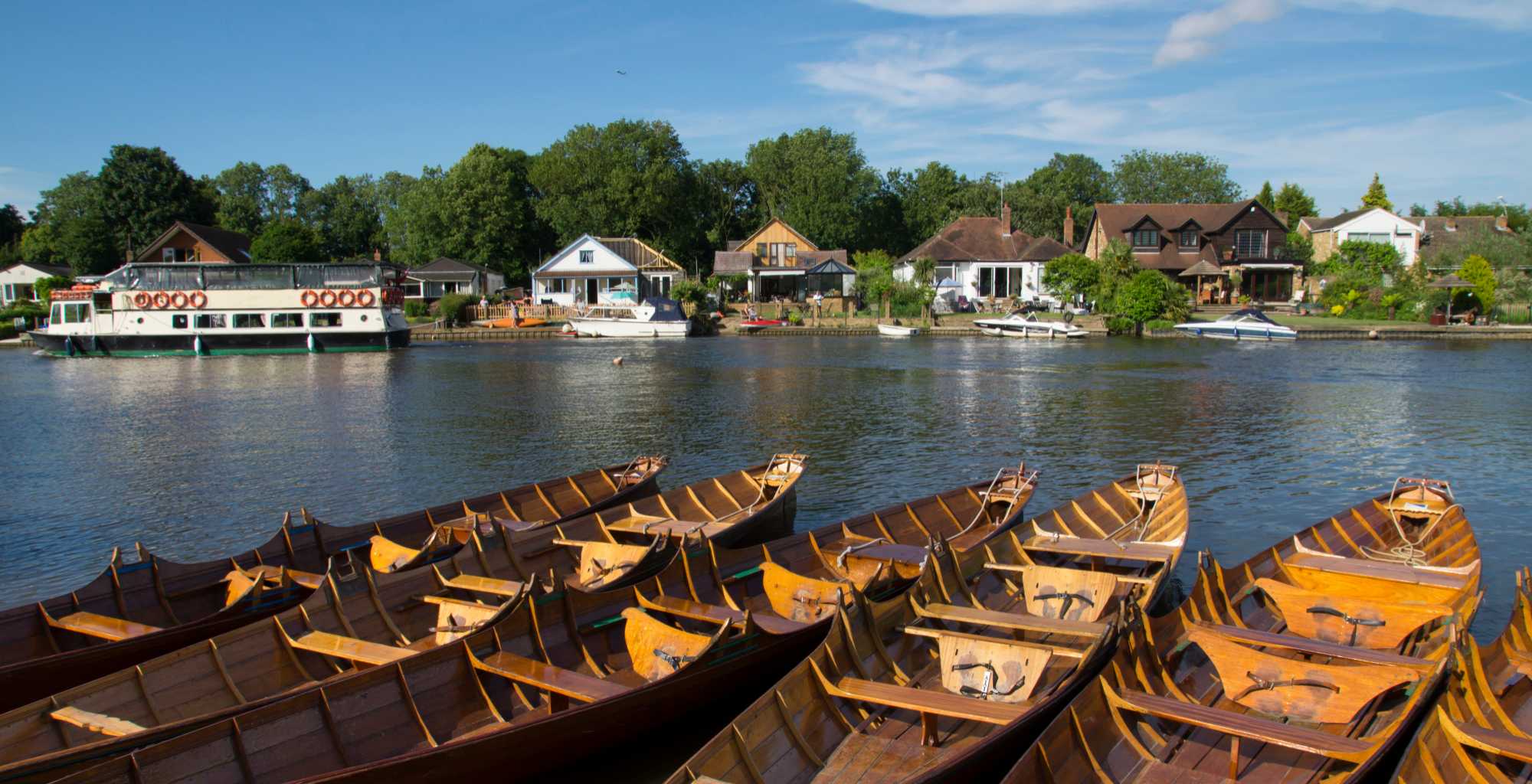Are you looking for the best places to live in Oxfordshire to focus your property search? From bustling market...
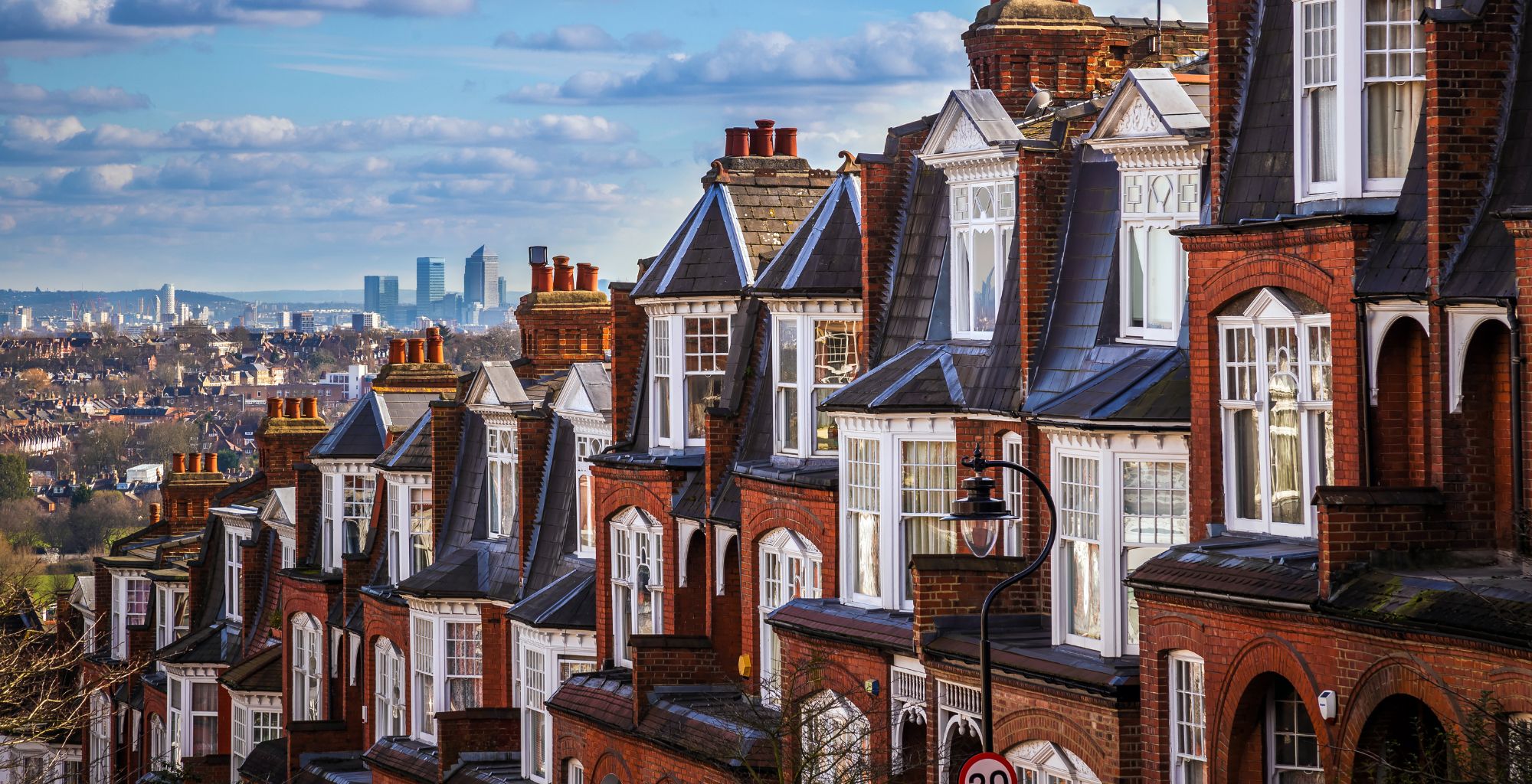
How to renovate a Victorian house
Are you looking to renovate a Victorian House to create your perfect home? Expert advice and guidance from Garrington could help make your dream house a reality.
You will be hard-pressed to find a more popular style of home than the Victorian house. With ample space, period features and plenty of charm, this property type has become a regular fixture with the homebuyers.
Not all Victorian homes are created equal, and some need a fair bit of work to restore them to their former glory. With that in mind, this guide has everything you need to know about how to renovate a Victorian house.
Should I restore my Victorian home to its original state?
Reviving a 19th-century home involves understanding the original style amidst the Victorian era’s diverse home designs. Over time, especially during the 1960s and ’70s, many Victorian homes underwent modifications, often losing ornate elements like ceiling roses.
The restoration journey begins with examining the plasterwork – cornicing, mouldings and ceiling roses – peeling back paint layers, addressing mould and professionally recasting missing segments to resurrect the Victorian charm.
Shifting focus to the windows, specifically sash windows, often requires using specialists to repair or replace them, preserving the vintage aesthetic while enhancing insulation.
Fireplaces, once standard in Victorian rooms, might have been concealed or removed, and reinstating them, even decoratively, nudges the home closer to its 19th-century essence.
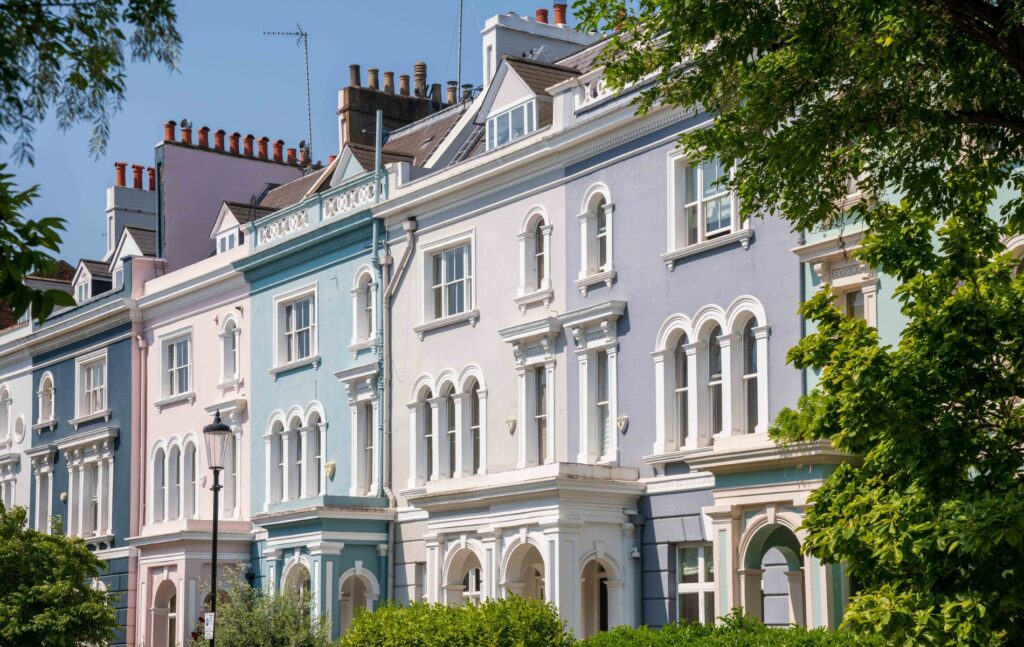
Uncovering original flooring beneath carpets and repairing wooden floorboards can rejuvenate the authentic aura, with modern preferences leaning towards lighter wood shades.
In kitchens and bathrooms, integrating elements like a Belfast sink or a freestanding roll top bath can blend 19th-century vibes with contemporary conveniences.
Adding period-appropriate details like dado and picture rails, curvaceous skirting boards, and period wallpaper further encapsulates the bygone elegance, making each space a blend of Victorian grandeur and modern-day functionality that breathes life back into the home’s illustrious past.
What about a total renovation project?
Renovating a Victorian house varies based on its type, such as detached, semi-detached or terraced. Yet, there are common issues between the different types.
Electrics is one of them, and continually evolving safety codes require a professional electrician’s assessment to ensure compliance. Modern technology has significantly outpaced older electric capacities, and previous DIY electrical attempts by past occupants could pose risks.
There’s also dampness to consider. Built before damp-proof courses, Victorian homes are prone to damp issues. Factors like unattended chimneys, blocked air bricks and clogged gutters contribute to dampness.
Before starting any work, a damp survey is probably necessary to see if issues arise. Expert guidance and reputable plastering with suitable materials may be required to prevent escalating problems.
Insulation is another factor: Although not inherently energy-efficient, some Victorian homes have achieved remarkable energy standards with proper insulation upgrades. While achieving an A-rating might be ambitious, draught-proofing windows and doors, while enhancing insulation, are pragmatic steps towards comfort and energy bill reduction.
Expanding living space is a popular renovation choice in many Victorian terraces. It’s achievable through rear or side extensions, loft conversions or potentially utilising the cellar.
Consulting with an interior designer can provide valuable insights into renovation practicalities and extension possibilities, transcending mere decor arrangement to renovation and restoration guidance to maximise the home’s potential.
What changes can I make to a Victorian home?
With their architectural finesse, Victorian properties offer a canvas ripe for modifications.
Here are some popular alterations, both substantial and subtle, that can be realised:
Loft conversion
Expanding upwards by converting the loft into a liveable space can add a bedroom, office or recreational area. Keeping the design in sync with the Victorian essence while ensuring modern comfort creates a blend of history and contemporary utility.
Rear and side extensions
Extending the rear or side can significantly enlarge the living space. Consider designs that harmonise with the existing Victorian aesthetics yet provide modern functionality, perhaps through open-plan areas or glass extensions for a visual continuum with the garden.
Kitchen or living room enlargement
Victorian homes often have distinct rooms. By removing non-structural walls, you can create a spacious kitchen or living area conducive to modern living, while retaining the architectural charm with features like exposed brick or original fireplaces.
New bathroom or ensuite installation
Adding a modern bathroom or ensuite enhances convenience. Opt for fixtures that evoke a Victorian vibe, ensuring a seamless blend with the rest of the home.
Basement conversion
Transforming the basement into a usable space like a home cinema, gym, or guest suite is a smart use of space. Proper lighting, insulation, and ventilation are crucial to make the space comfortable while preserving the original structure.
Minor fixes
Victorian homes often require minor fixes, be it repairing sash windows, restoring mouldings, or updating the plumbing and electrical systems. These fixes, though minor, are pivotal in maintaining the charm and functionality of the property.
How much does it cost to renovate a Victorian house?
The renovation budget for a Victorian house is subject to myriad factors including the project’s scale and nature, the preservation of period features and the chosen material quality. The uniqueness of each house and the regional variation in labour costs means predicting an average is tricky.
It includes a broad spectrum, influenced by the house’s size, renovation extent and geographic location. Renovating a standard three-bedroom semi-detached house could fall anywhere between £75K to £150K, barring any extension or conversion. In London, renovation outlays for a three-bedroom Victorian home hover between £48,000 and £97,000 on average.
If you’re buying a Victorian home that needs work, it’s worth setting anywhere between 10% to 15% of the total budget aside. This will give you a good foundation for which you can budget for renovation costs.
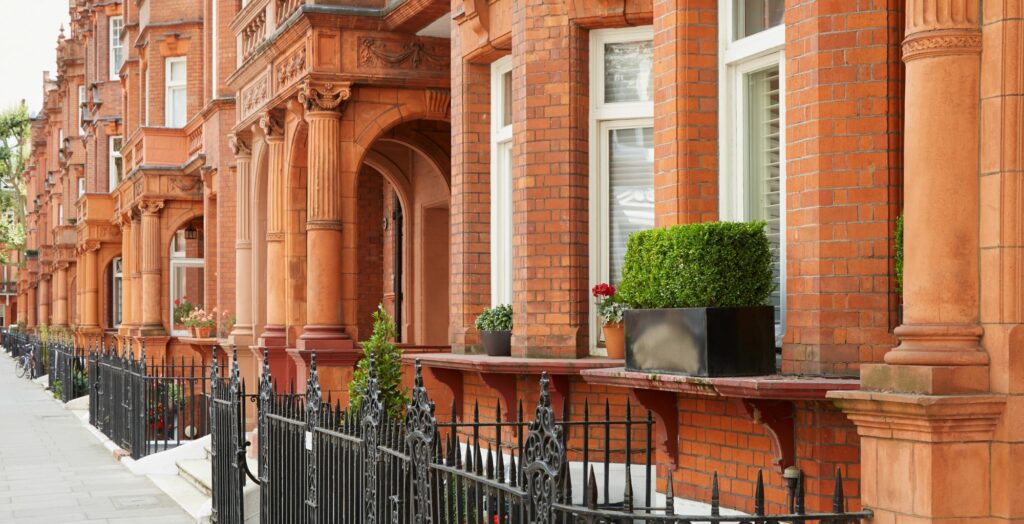
How long does it take to renovate a Victorian house?
The duration required to renovate a Victorian house can significantly vary based on numerous factors including the extent of renovation, the condition of the property and the efficiency of the workforce.
Minor refurbishments might take a few weeks, while extensive renovations could extend to several months or even a year or more. The process might be prolonged if the renovation aims to preserve historical accuracy, necessitating specialised craftsmen or hard-to-find materials.
Additionally, unexpected issues like structural concerns or unforeseen damp problems could further delay the project. Hence, a well-structured plan with a realistic timeline, considering potential hiccups, is vital for a successful renovation journey.
Victorian grandeur
There’s so much you can do to modify, update and restore it if that’s your aim. These tips will help you start your adventure to Victorian restoration, renovation or modernisation. Whatever takes your fancy.
How to renovate a Victorian house
For professional advice please do get in touch for a no-obligation discussion.
